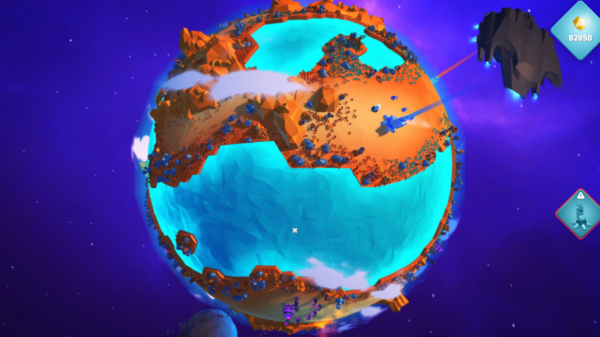Unless you’ve been on another planet for the last 18 years, it’s quite likely that you’ve seen at least one of Keanu Reeve’s Matrix movies. Well, now, that whole world could soon become a reality thanks to London-based startup firm, Improbable. The company announced this month that it’s managed to secure a whopping $502 million investment from Japanese firm Softbank and that it’s now valued at more than $1 billion.
Improbable was previously awarded for being one of MIT’s 50 Smartest Companies of 2016. It was originally founded by two University of Cambridge’s computer science graduates who wanted to create ultra-detailed virtual worlds for video games. However, once they began, the pair soon realized hey could use this same technology to apply to all kinds of applications to simulate the world around us. While it’s not too difficult to simulate a street with some cars and pedestrians to see how they all interact with one another, trying to recreate the whole of London’s population would be a different ball game and too difficult for most systems to cope with.

But, that’s right up Improbable’s street and is exactly what it was designed for. It’s already been used to simulate entire cities by using a technique that splits the massive simulation into parts and distributes it to thousands of servers. The company is claiming to have one of the most complex urban models out there today and even the CEO, Herman Narula says the firm “basically wants to build the Matrix.”
Related Links;
- Europe’s Latest Billion-Dollar Startup Wants to Build the Matrix. Really.
- Our CEO Herman Narula on our Series B funding
- UK virtual reality firm Improbable raises $500m
- Improbable raises $502m series B funding round led by SoftBank
More News to Read
- Are You Ready for the Million Dollar Prize Machine Learning Contest?
- Innovative New Device Runs on Light While Cleaning Air and Producing Energy
- Understanding the Speed of Light, How Much do We Know?
- NASA’s Plan to Make Electric Planes a Reality
- Are You Ready ” High-Performance Fast Computing Architecture Challenge ” of NASA?











